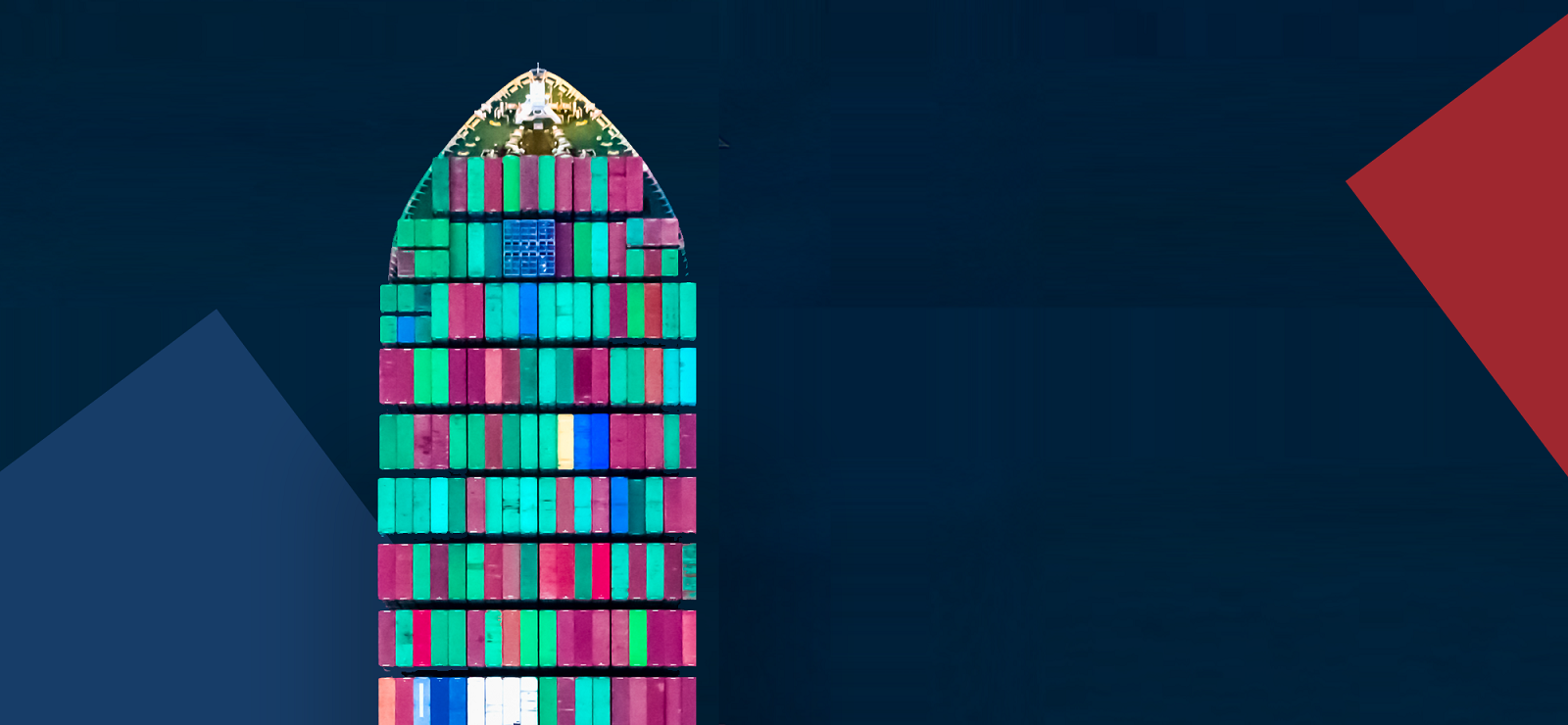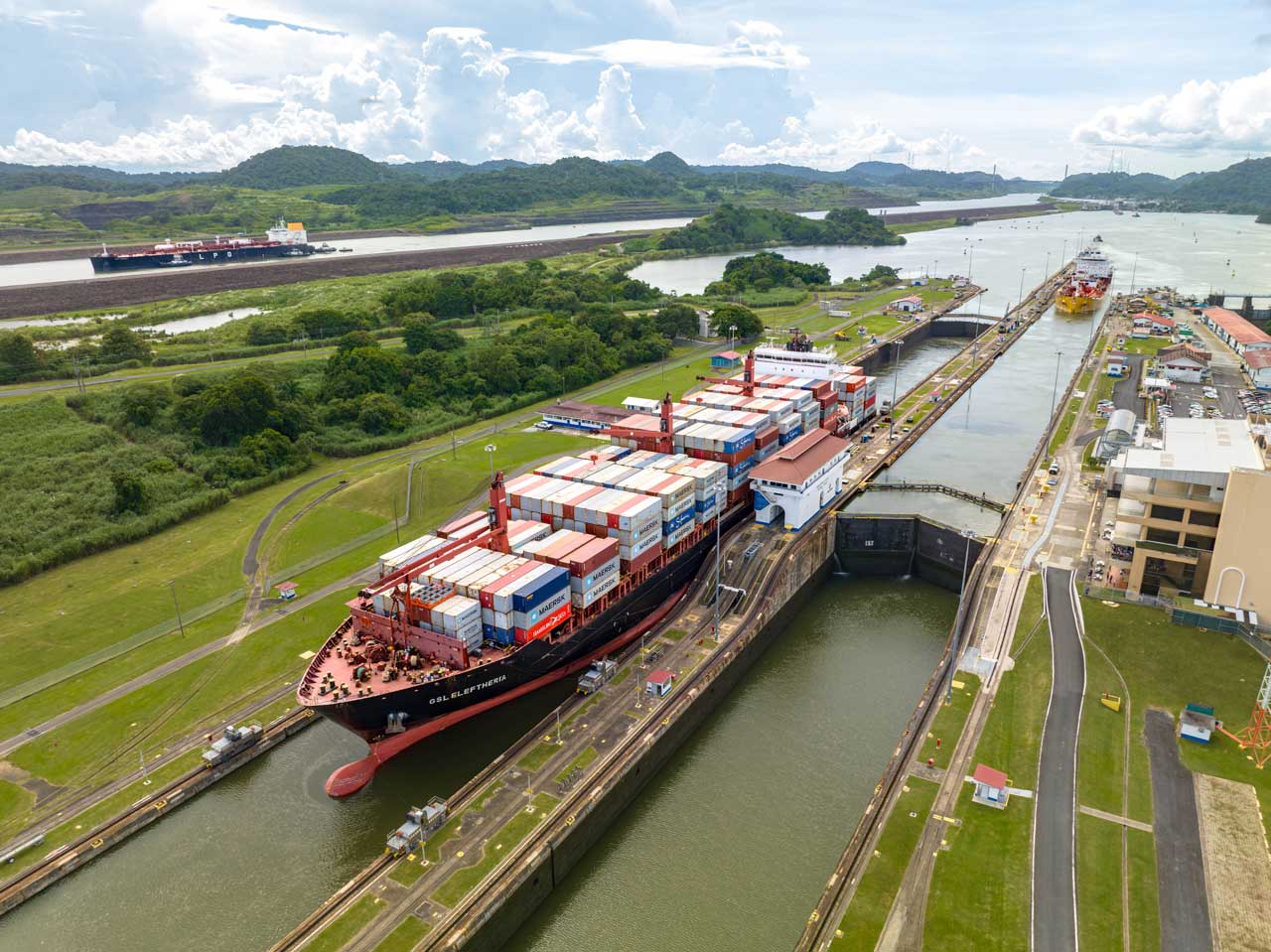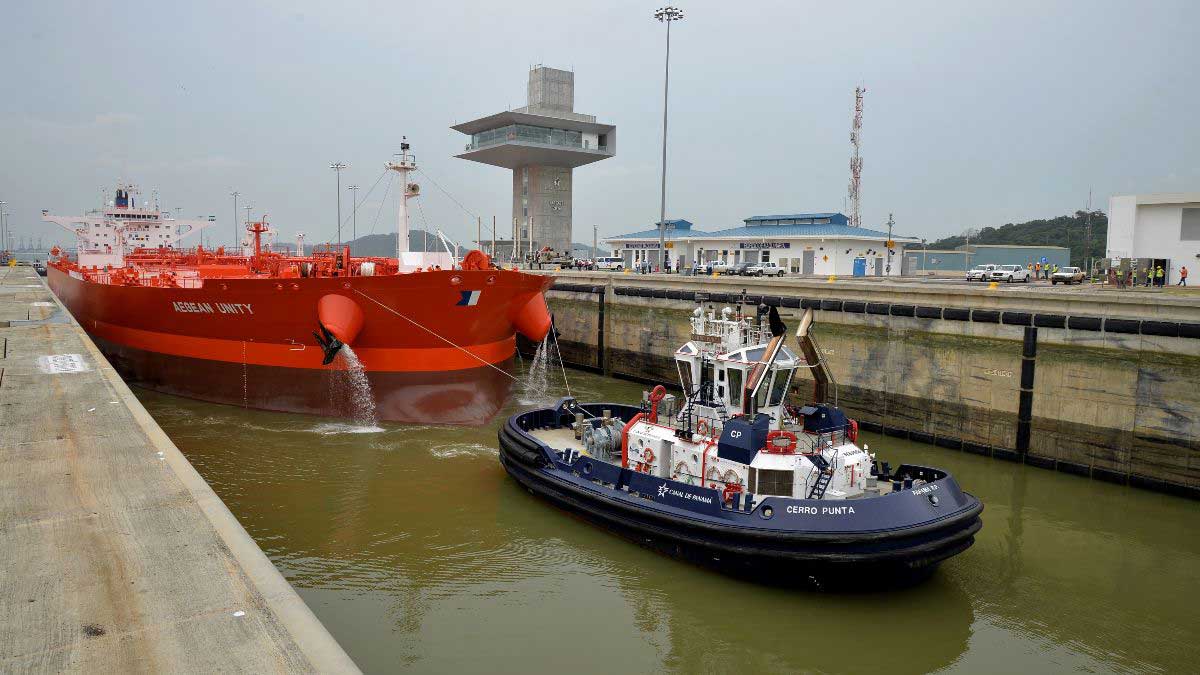Panama City, Panama, April 30, 2018 – The Panama Canal welcomed the inaugural transit of the LNG Sakura as it carried the first-ever liquefied natural gas (LNG) shipment from the Dominion Cove Point terminal in the United States to Japan.
The transit, which occurred this past weekend, marks the beginning of a new LNG commercial route between the United States and Asia from the recently inaugurated Dominion Cove Point terminal in Maryland, the second U.S. LNG export terminal to come online after Sabine Pass began operations in 2016.
Dominion Cove Point has two main clients: ST Cove Point, a consortium consisting of Sumitomo Corporation and Tokyo Gas; and Gail Global LNG, a subsidiary of GAIL LTD of India. The LNG Sakura carries the first shipment of the 0.8 million tons of LNG contracted per year by the Japanese energy company Kansai Electric.
The Bahamas-flagged LNG Sakura is a Neopanamax vessel, measuring 300 meters in length and 49 meters in beam. Its transit on Saturday began in the Agua Clara locks on Panama’s Atlantic side and headed towards the Cocolí locks in the Pacific.
Kansai Electric Power is the majority share owner of the LNG Sakura (70 percent); NYK Line owns the remaining stake.
The Panama Canal has emerged as an important link in the global LNG supply chain ever since the Inauguration of its Expanded Canal in 2016, when the waterway first began transiting LNG vessels.
Today, the capacity the Canal offers to LNG shippers exceeds the existing demand: the Panama Canal currently provides seven booking slots to LNG shippers per week – who average 5.5 transits during the same period – and has proven its ability to handle more transits when needed during uncharacteristically high periods of use. On April 17, for example, the Canal transited three LNG vessels in one day, representing a first for the waterway.
In FY 2018, the Canal’s LNG traffic is expected to grow by 50 percent compared to FY 2017, increasing from 163 to approximately 244 transits, for which the Panama Canal stands ready to receive. The Canal has worked closely with industry partners to communicate its willingness to offer shippers additional capacity, commensurate with demand, as is warranted.
As the global demand for LNG continues to grow, the Panama Canal remains committed to offering an efficient and safe transit that will benefit its customers, reducing travel times and unlocking new opportunities for world trade.
About the Panama Canal Authority
The Panama Canal is run by an autonomous agency of the Government of Panama in charge of managing, operating and maintaining the Panama Canal. The operation of the Panama Canal Authority (ACP) is based on its organic law and the regulations approved by its Board of Directors. For more information, please refer to the ACP’s website: http://www.pancanal.com or follow us on Twitter @thepanamacanal .
About the Panama Canal Expansion
The Panama Canal Expansion is the largest enhancement project since the Canal’s opening in 1914. Considered and analyzed for a decade with more than 100 studies, the Expanded Canal provides the world’s shippers, retailers, manufacturers and consumers with greater shipping options, better maritime service, enhanced logistics and supply-chain reliability. The Expansion included the construction of a new set of locks on the Atlantic and Pacific sides of the waterway, creating a third lane of traffic and doubling the cargo capacity of the waterway. While the expanded locks are 70 feet wider and 18 feet deeper than those in the original Canal, they use less water due to water-savings basins that recycle 60 percent of the water used per transit. In line with its commitment to customer service, the Panama Canal will continue to provide the world with value for another century and beyond.




